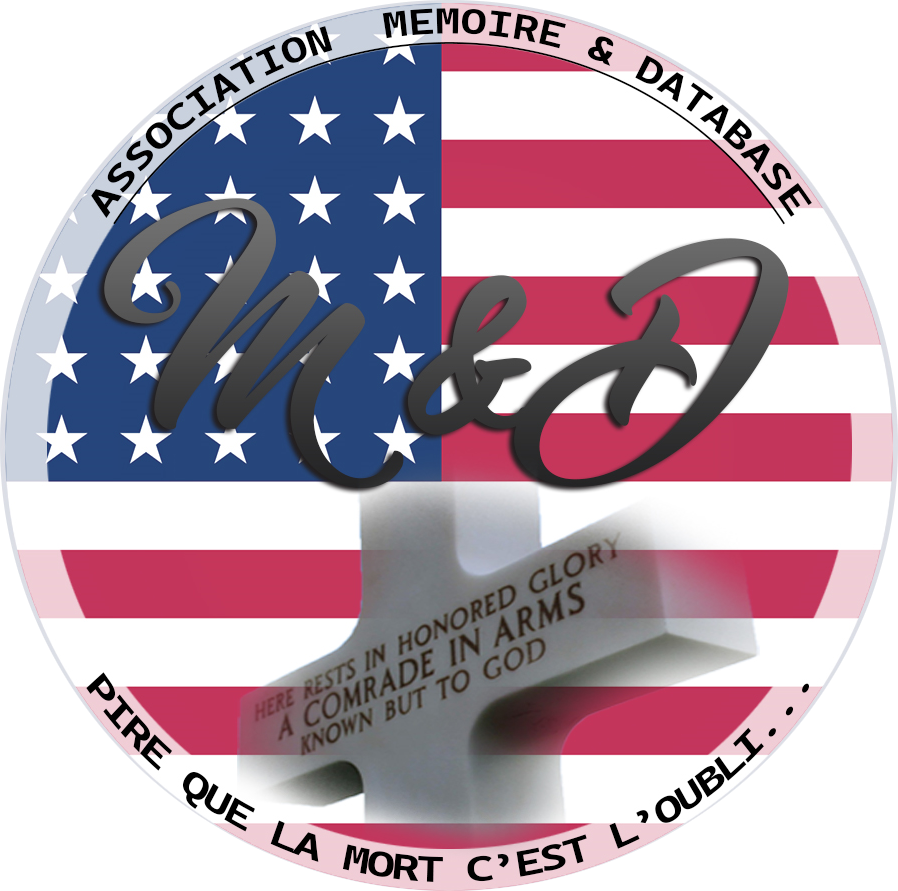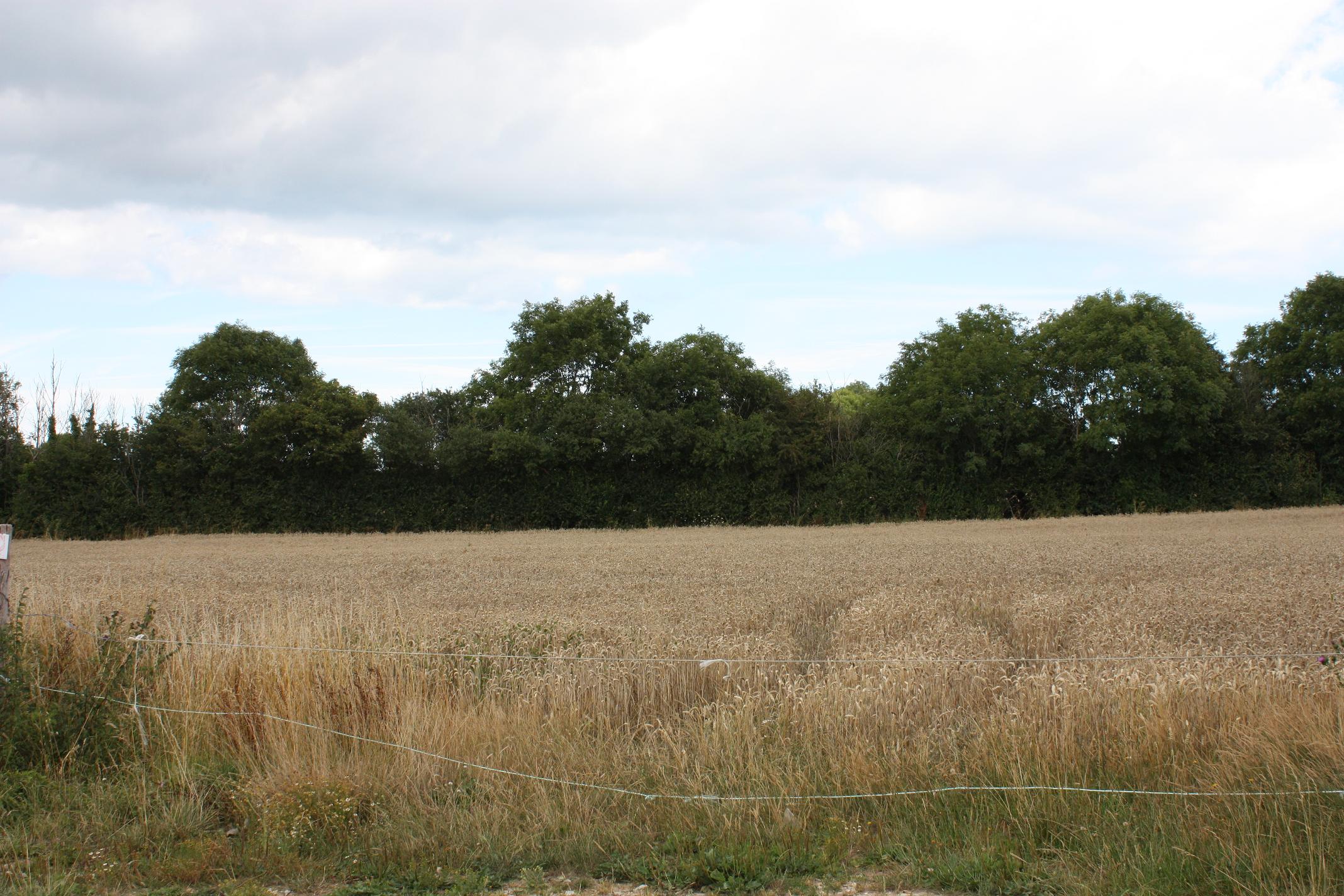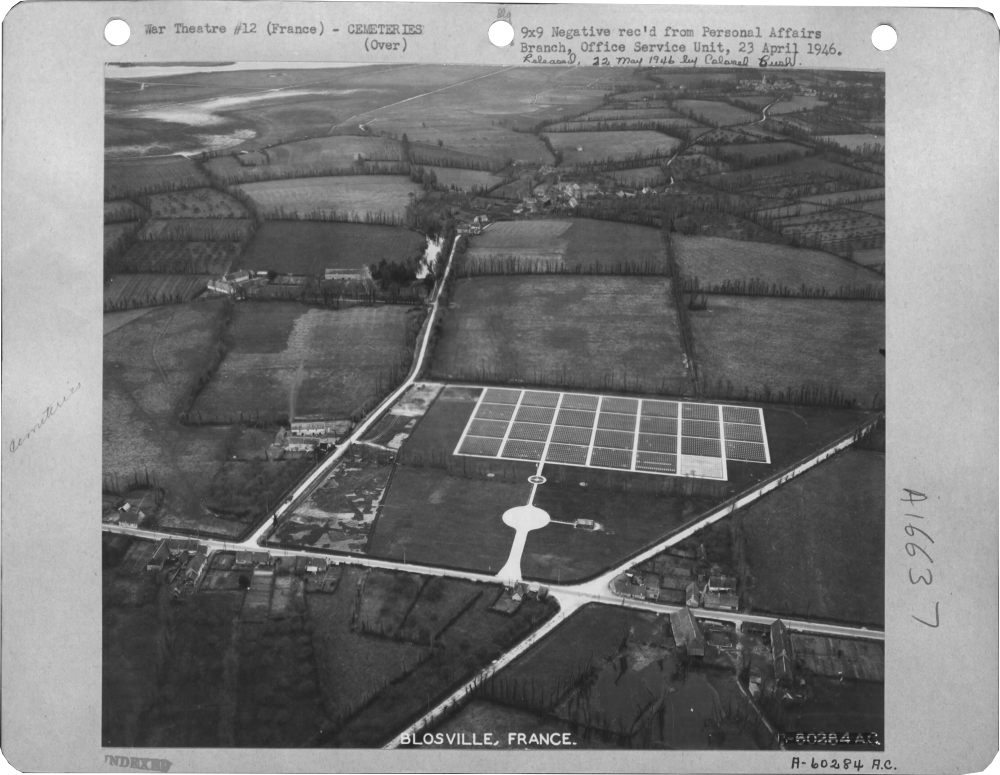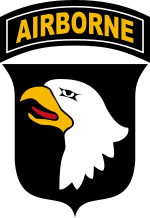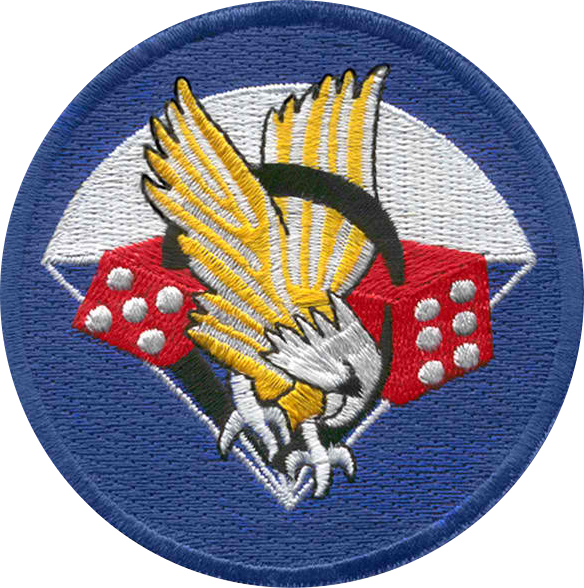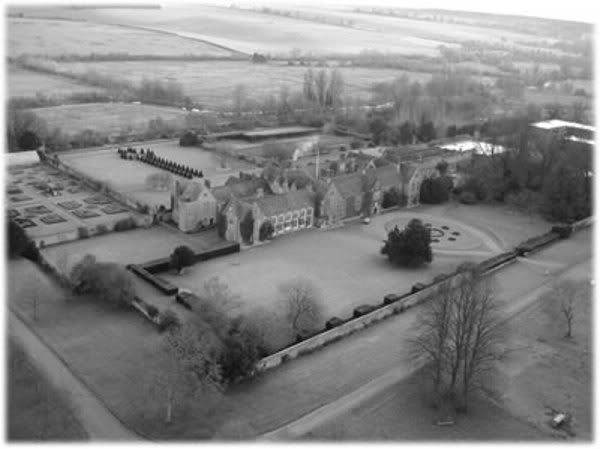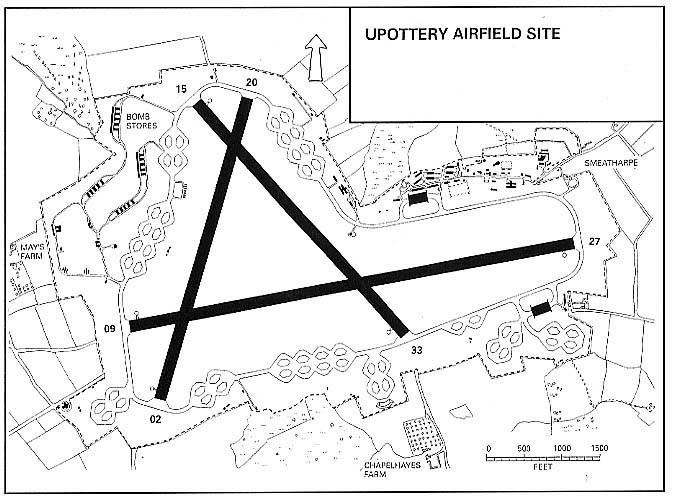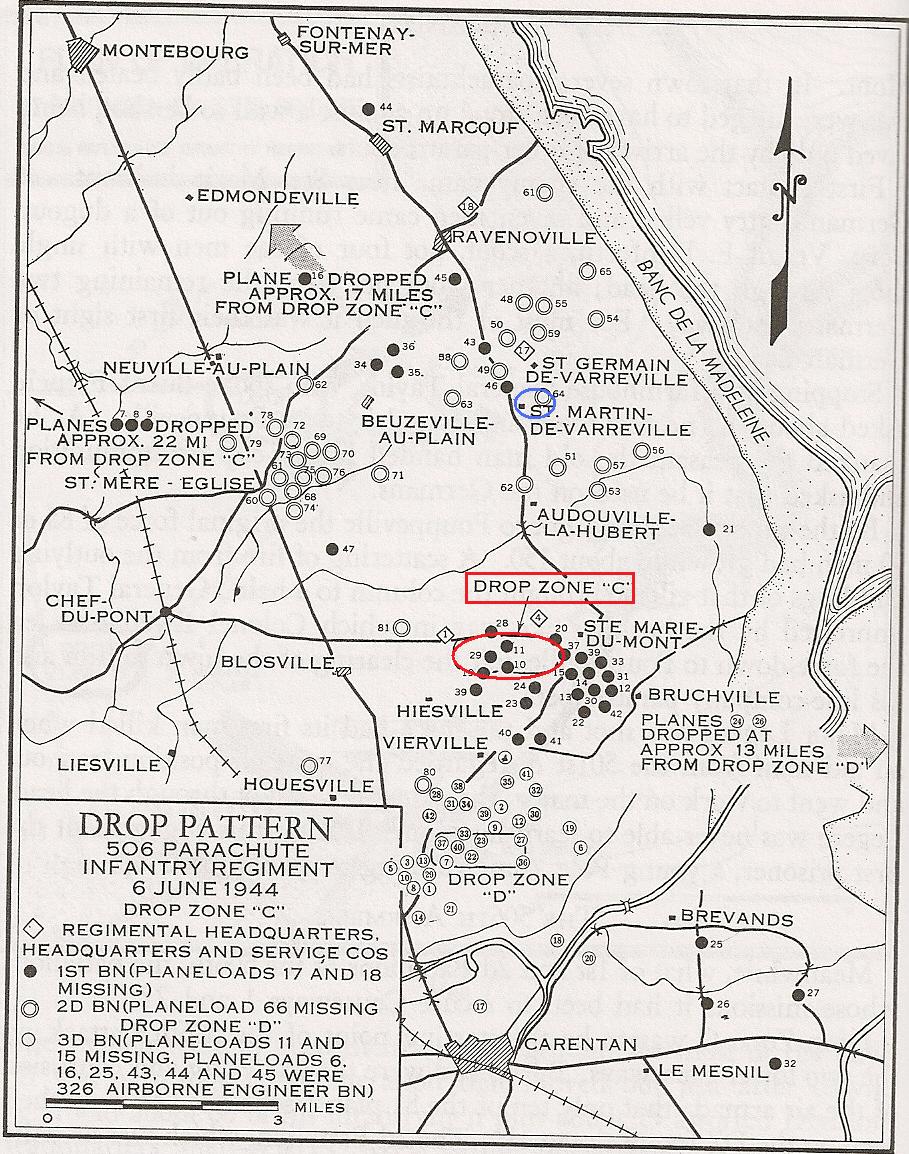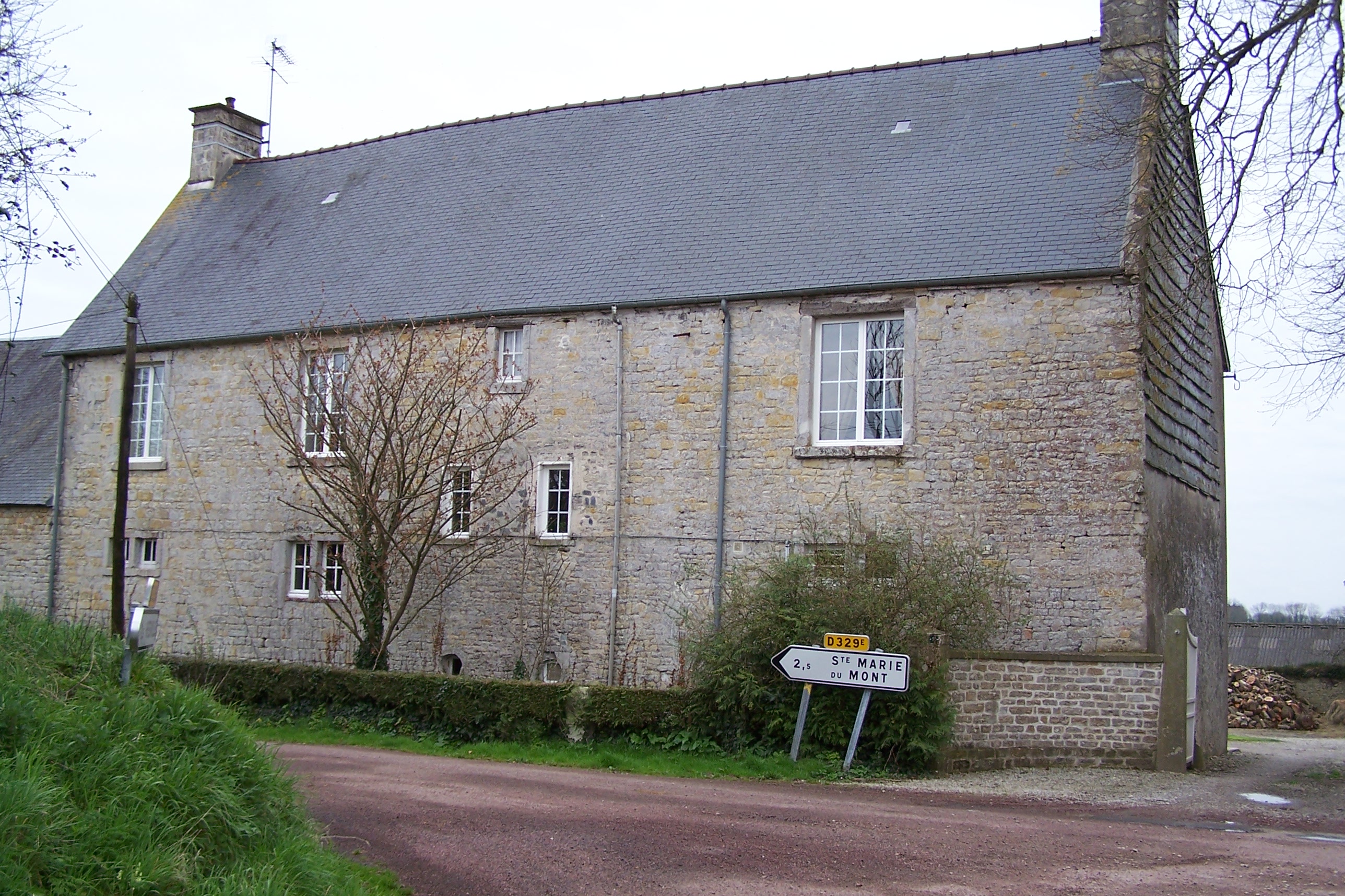|
Edward A. PETERS
"Captain Ed "Frosty" Peters"
| ||||||||||||||||||||||||
|---|---|---|---|---|---|---|---|---|---|---|---|---|---|---|---|---|---|---|---|---|---|---|---|---|
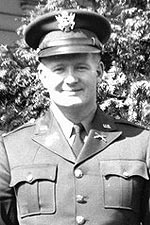 | ||||||||||||||||||||||||
| NUMBER OF SERVICE | O-377000 | |||||||||||||||||||||||
| AGE | 29 yo | |||||||||||||||||||||||
| DATE OF BIRTH | 22 december 1915 | |||||||||||||||||||||||
| ETAT | MARYLAND | |||||||||||||||||||||||
| FAMILY | Parents: Edward & Virginia PETERS Married Son: Edward Jr | |||||||||||||||||||||||
| RANK | Captain | |||||||||||||||||||||||
| FONCTION | Company Commander | |||||||||||||||||||||||
| JOB BEFORE ENLISTEMENT | Civilian Conservation Corps |  | ||||||||||||||||||||||
| DATE of ENLISTEMENT | 1942 | |||||||||||||||||||||||
| COMPANY | Regimental Headquarters Company | |||||||||||||||||||||||
| BATTALION | Battalion | |||||||||||||||||||||||
| REGIMENT | 506th Parachute Infantry Regiment | |||||||||||||||||||||||
| DIVISION | 101st Airborne Division | |||||||||||||||||||||||
| DATE OF DEATH | June 6, 1944 (inscribed on the grave June 9, 1944) | 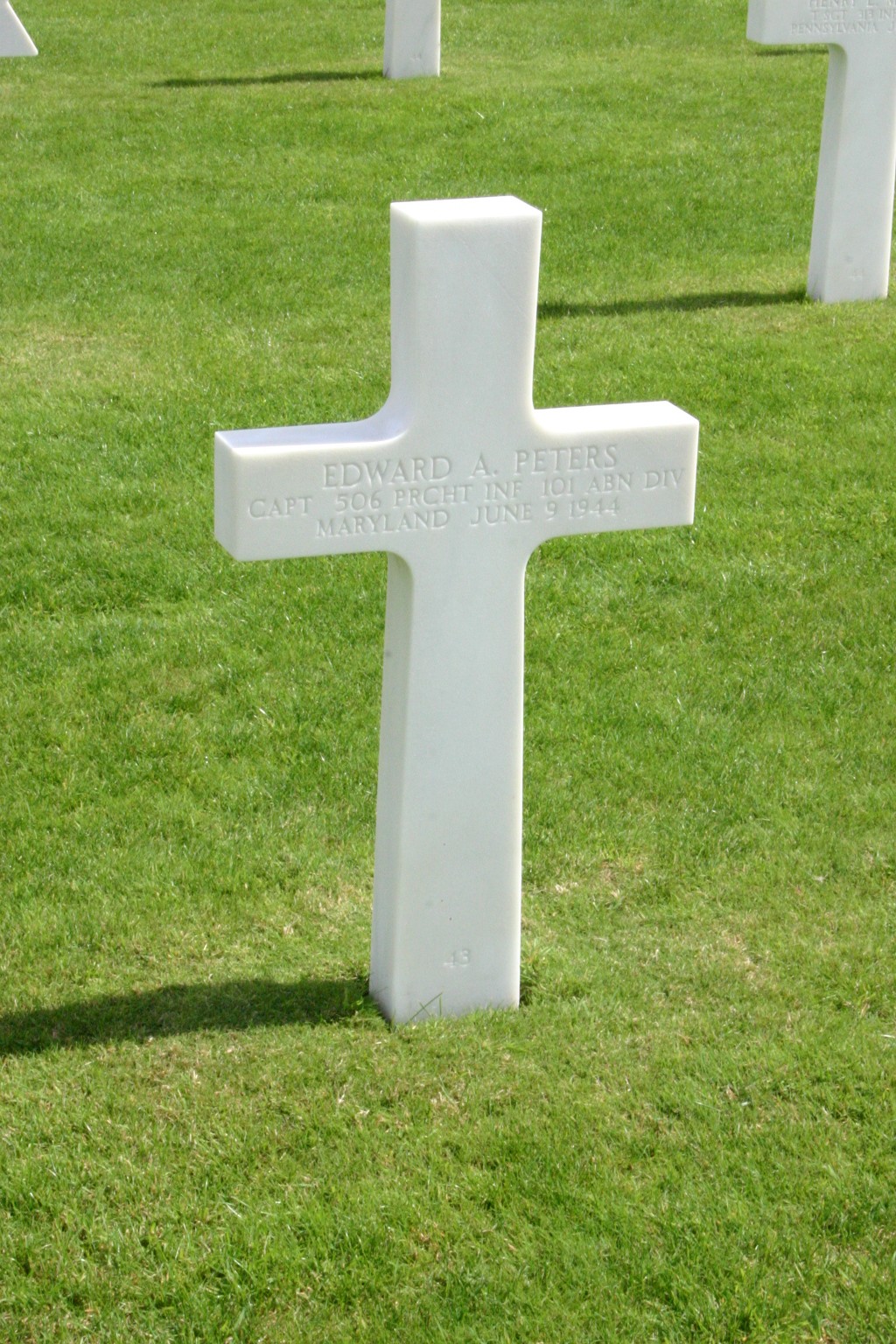 | ||||||||||||||||||||||
| STATUS | KIA | |||||||||||||||||||||||
| PLACE OF DEATH | Between Culoville and Vierville | |||||||||||||||||||||||
|
Field where the captain was shot down by a sniper | ||||||||||||||||||||||||
| CEMETERY TEMPORARY |
CEMTERY TEMPORARY of Blosville N°--
| |||||||||||||||||||||||
| CEMETERY | NORMANDY AMERICAN CEMETERY of Colleville | |||||||||||||||||||||||
| GRAVE |
| |||||||||||||||||||||||
| DECORATION |
| |||||||||||||||||||||||
| ||||||||||||||||||||||||
| STORY (waiting for translation) | ||||||||||||||||||||||||
|
Born in Maryland, Edward grew up in a family with a brother and two sisters. After his studies he works in the Civilian Conservation Corps (Institute that allows young people to get a job). At the end of December 1943 he was transferred to 506th P.I.R. and joined the 101st Airborne Division in England.
Aéroport Uppotery
RHQ Command Post in Culloville FrostyAn astonishing story will complete the life of this officer who has since been commonly called Captain Ed "Frosty" Peters. On June 7, 1944, Captain S. Dickson of 502nd P.I.R.went to the battery of Saint-Germain-de-Varenreville, which was his objective on June 6 after his pathfinder mission. The battery when it arrives is already neutralized. The captain in the middle of this battery is alone, he feels someone tapping his shoulder. He turns around and sees his old school friend Edward Peters! The two men fall into each other’s arms at length and talk about their memories. They’ve been lost since they got out of officer school. They talk about old comrades and wonder what they’ve become. Captain Peters takes leave of his old friend and tells him that he must join his men. Strange: Edward Peters was killed 24 hours before and more than 12 kilometers from this place!! Captain Dickson did not learn of Captain Peters' death until he returned to England in July 1944. Captain Dickson always affirmed the veracity of this ghostly encounter, that they had kissed and that this conversation lasted about ten minutes, and he even became angry at anyone who doubted that fact. Captain Peters definitely entered the D-DAY story. 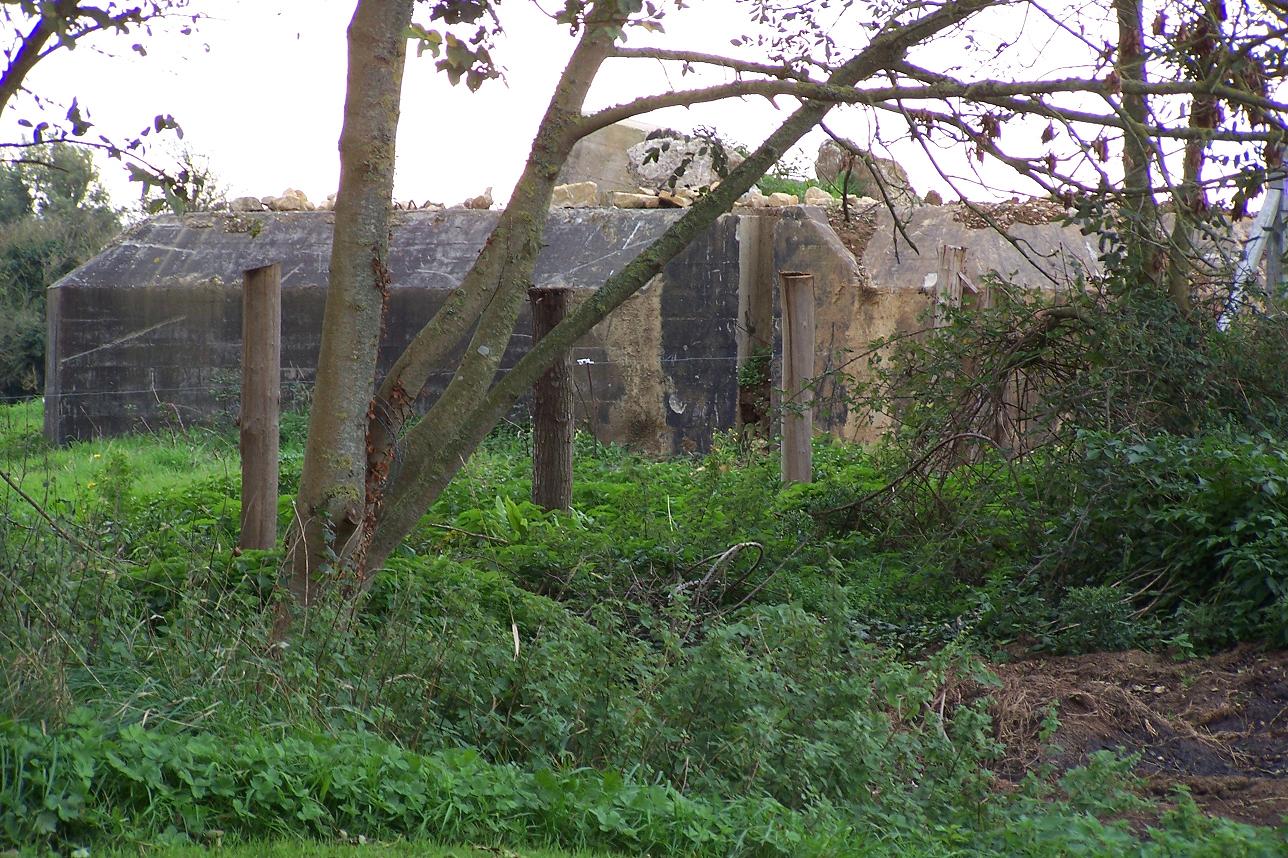
| ||||||||||||||||||||||||
Activated/Activé |
Normandy/Normandie |
| 15 Aug 1942 | Days of Combat/Jour de Combat 214 |
| Casualties/Victimes 9 328 | |
Entered Combat/Entré au combat |
|
| 6 Jun1944 D-Day | |
|
Commanding Generals/Commandants généraux Maj. Gen. William C. Lee (Aug 42 - Mar 44) |
Campaigns/CampagnesNormandy (6 Jun 44 - 24 Jul 44) Rhineland (15 Sep 44 - 21 Mar 45)
|
PLAN DE ROUTE DE LA CAMPAGNE - CAMPAIGN ROUTE MAP |
|
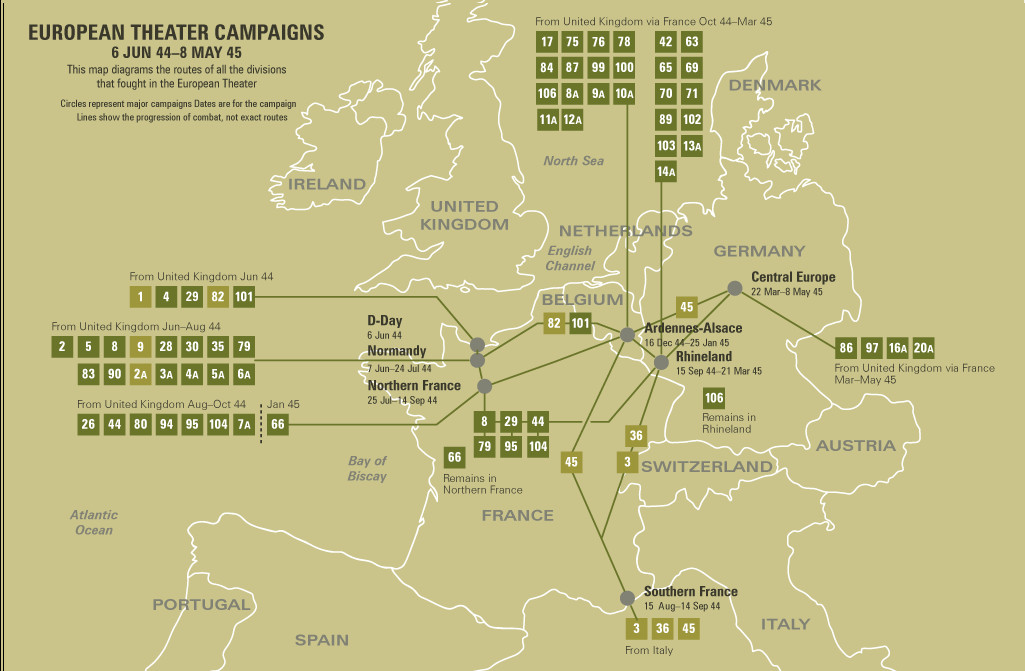 |
|
DIVISION CHRONICLEThe 101st Airborne arrived in England, 15 September 1943, and received additional training in Berkshire and Wiltshire. On 6 June 1944, the Division was dropped into Normandy behind Utah Beach. Against fierce resistance it took Pouppeville, Vierville, and St. Come du Mont. On the 12th, the stronghold of Carentan fell, and after mopping up and maintaining its positions, the Division returned to England, 13 July, for rest and training. On 17 September 1944, taking part in one of the largest of airborne invasions, the 101st landed in Holland, took Vechel and held the Zon bridge. St. Oedenrode and Eindhoven fell after sharp fighting on the 17th and 18th. Opheusden changed hands in a shifting struggle, but the enemy was finally forced to withdraw, 9 October. After extensive patrols, the Division returned to France, 28 November, for further training. On 18 December, it moved to Belgium to stop the German breakthrough. Moving into Bastogne under the acting command of Brig. Gen. Anthony C. McAuliffe, it set up a circular defense and although completely surrounded, refused to surrender on 22 December. Its perimeter held against violent attacks. The 4th Armored Division finally reached the 101st on the 26th and the enemy offensive was blunted. Very heavy fighting continued near Bastogne for the rest of December and January. On 17 January 1945, the Division moved to Drulingen and Pfaffenhoffen in Alsace and engaged in defensive harassing patrols along the Moder River. On 31 January, it crossed the Moder in a three-company raid. After assembling at Mourmelon, France, 26 February 1945, for training, it moved to the Ruhr pocket, 31 March, patrolling and raiding in April and engaging in military government at Rheydt and Munchen-Gladbach. The 101st reached Berchtesgaden by the end of the war and performed occupational duties until inactivation in Germany. |
CHRONIQUE DE DIVISIONLe 101st Airborne est arrivé en Angleterre, le 15 septembre 1943, et a reçu une formation supplémentaire dans le Berkshire et le Wiltshire. Le 6 juin 1944, la division est larguée en Normandie derrière Utah Beach. Contre une résistance féroce, il fallut Pouppeville, Vierville et St. Come du Mont. Le 12, le fief de Carentan est tombé, et après avoir nettoyé et maintenu ses positions, la Division est revenue en Angleterre, le 13 juillet, pour se reposer et s'entraîner. Le 17 septembre 1944, participant à l'une des plus grandes invasions aéroportées, la 101st débarque en Hollande, prend Vechel et tient le pont de Zon. St. Oedenrode et Eindhoven sont tombés après des combats acharnés les 17 et 18. Opheusden a changé de mains dans une lutte changeante, mais l'ennemi a finalement été forcé de se retirer, le 9 octobre. Après de longues patrouilles, la Division revint en France le 28 novembre pour suivre une formation complémentaire. Le 18 décembre, il a déménagé en Belgique pour arrêter la percée allemande. Déménagement à Bastogne sous le commandement de Brig. Général Anthony C. McAuliffe, il a mis en place une défense circulaire et bien que complètement encerclé, a refusé de se rendre le 22 décembre. Son périmètre tenu contre les attaques violentes. La 4e division blindée atteignit finalement la 101e le 26 et l'offensive ennemie fut émoussée. De très violents combats ont continué près de Bastogne pour le reste de décembre et janvier. Le 17 janvier 1945, la division s'est déplacée à Drulingen et à Pfaffenhoffen en Alsace et s'est livrée à des patrouilles de harcèlement défensif le long de la rivière Moder. Le 31 janvier, il a traversé le Moder dans un raid de trois compagnies. Après s'être rassemblé à Mourmelon, France, le 26 février 1945, pour s'entraîner, il s'installa dans la poche de la Ruhr, le 31 mars, patrouillant et faisant des raids en avril et s'engageant dans un gouvernement militaire à Rheydt et Munchen-Gladbach. La 101e a atteint Berchtesgaden à la fin de la guerre et a exercé des fonctions professionnelles jusqu'à l'inactivation en Allemagne. |
| SOURCE INFORMATION & PHOTO | Armydivs.squarespace.com |
|---|
| SOURCE INFORMATION & PHOTO | Findagrave.com - Abmc.gov - Bruno CADEVILLE - Frédéric LAVERNHE |
|---|---|
| PROGRAMMER | Garrett, Clive, Frédéric & Renaud |


